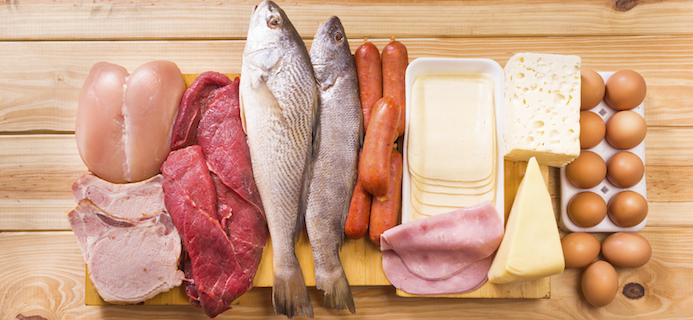Protein used to be synonymous with Dr Atkins or body builders but in recent years there’s been a rise in products promoting their ‘protein-ness’. Here, Laura Clark, dietitian and sports nutritionist, brings you the ways it can really change your body
The building blocks of protein – amino acids – form part of the structure of every cell in the body so there’s no denying it’s absolutely essential for all of us. These amino acids are broken down into two categories – essential and non- essential – the difference being we can either make them or we can’t and those that are regarded as essential have to be obtained from our food. Unlike its other macronutrient pals, protein cannot be stored; it’s constantly being broken down or used to build – the technical term is ‘turned over’ – how the body uses it in real time is therefore what counts.
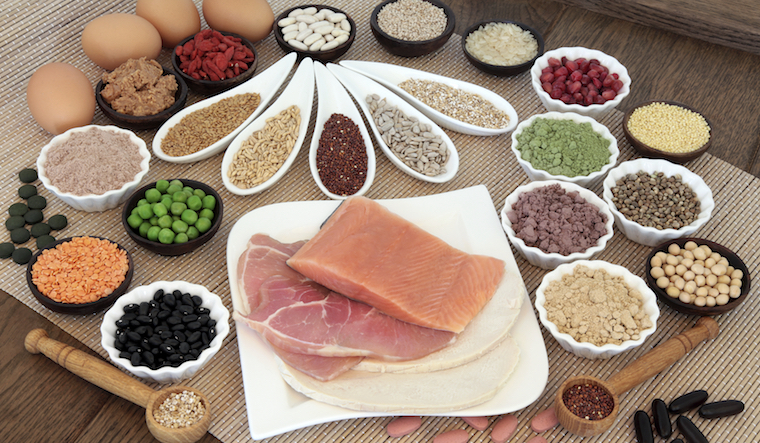
How much do we really need?
Protein is needed for growth and repair hence why the protein requirements of young children and adolescents are proportionally higher relative to their body weight. It also protects muscle mass loss so is particularly important for the elderly as muscle mass declines with age. Protein also forms the basis of enzymes and hormones and therefore plays a vital role in all chemical reactions within the body. Reference Intakes (RIs) are set at 0.75g/ kg of body weight which works out at 45g for the average women and 55g for the average male.
The number of us who actually consider ourselves to be Mr or Mrs Average though is open to debate and there is a difference between the amount of protein needed for basic functions (as determined by the RIs above) versus the amount of protein that might have beneficial effects for an individual. Let’s take a closer look…
To give context let’s first consider what you might actually be wanting to achieve. Are you an avid gym goer engaging in some serious cardio and resistance exercise five times a week? Are you overweight with good intentions but a dusty gym membership card? Are you somewhere in the middle engaging in some activity and looking to shift some pounds. Or are you just keen to be healthy full stop.
This post is not going to turn into a metabolic physiology lecture so let’s try and keep things simple!
-
BUILDING MUSCLE
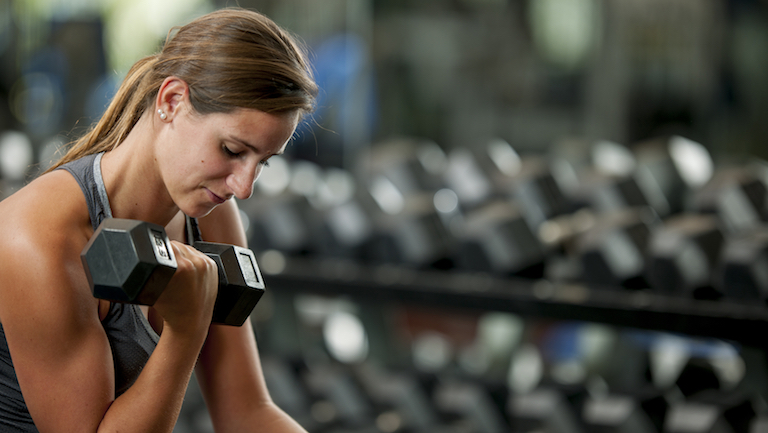
If you’re lean already and simply want to bulk up – firstly take a look at your parents. This will give you a clue as to the role of genetics in this and what is a feasible and most importantly sustainable body composition for you. Higher protein intakes together with resistance exercise will support growth of lean muscle mass. There will be a limit to how much protein your body can utilise at any one time though so an 8oz steak whilst giving you around 60g protein will not necessarily get the welcome it feels it deserves when it reaches its destination. Regular consistent protein intakes spaced out across the day work best – around 20-25g per meal or snack with around 2.5 hours in between. For maximal benefits this should ideally contain the essential amino acid leucine which is found in proteins considered to be of a high biological value (see below).
Regular consistent protein intakes spaced out across the day work best
Your weight will ultimately determine how much protein you need with requirements calculated on a grams per kg basis. Whether you can meet your requirements through food alone, or whether you may benefit from specialised products designed to provide convenience and reduce bulk, ideally needs to be assessed properly. Remember fancy packaging doesn’t mean superior protein. An egg can’t help how it looks!
2. LOSING WEIGHT
The diet industry continues to boom and ‘weight loss’ headlines will resonate more with people than discussions about body composition. And yet the number on a scale tells only half a story. The tip of the iceberg may shed some light but what you really want to know about is underneath – what’s the composition of that iceberg and how can you avoid a titanic style disaster in your weight loss mission.
Whilst the level of activity it takes to burn off a chocolate biscuit can feel somewhat depressing and exercise alone will never yield the best weight loss results, the value of resistance exercise in protecting lean muscle mass and preserving your metabolic rate is becoming more recognised.
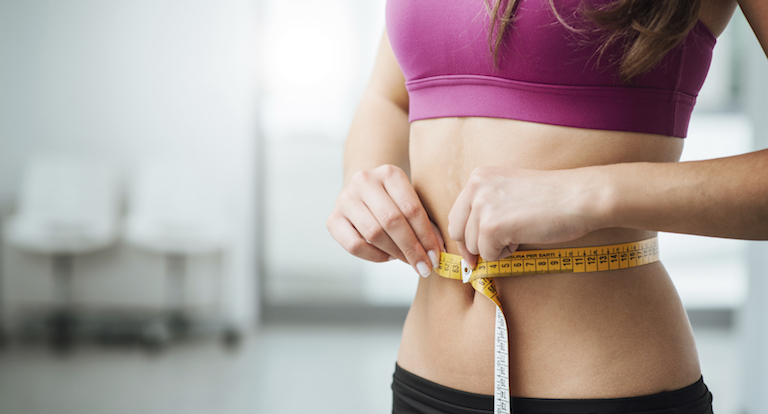
Muscle is the most metabolically active tissue in the body. It can also be thought of as a pool to soak up and store the carbohydrates eaten at meal times for use as energy later on. Extreme diet attempts causing large calorie deficits often pay no attention to balance and protein. In this situation, the body utilises muscle for energy – breaking it down into amino acids and releasing it into circulation. Subsequently muscle mass drops and so does your metabolic rate. Inevitably when you then require less energy to survive on – weight regain will commonly occur. Sufficient protein together with resistance exercise will protect muscle mass and metabolism.
A typical diet maybe be low in protein at breakfast, mediocre at lunch and high at dinner – not the best way to use protein to your advantage
If you are prevented from exercising for whatever reason – protein is still a good nutrient to have in your corner. Research is beginning to show it has a value in keeping you fuller for longer. There is also what’s known as the protein leverage theory which suggests you will keep on eating until you’ve hit the required protein quota for the day. A typical diet maybe be low in protein at breakfast, mediocre at lunch and high at dinner – not the best way to use protein to your advantage. Instead space it out evenly across the day and increase it to 30% of your daily calories, particularly if you struggle with feeling full.
If you are making use of specialist weight management products, always look for those that protect your protein needs. Yokebe with honey, a meal replacement shake, is one example.
3. MAINTAINING MUSCLE WHEN YOU’RE DIETING
So you want it all do you? Metabolically your body is groaning – ‘how can she/he do this to me!’ as in some ways the two things contradict each other with weight loss needing a deficit of calories and building benefiting from a surplus of calories. What’s the answer? Protein of course.
Research shows that if protein intakes are high enough they will protect and even build muscle mass even in the presence of a calorie deficit. Aim for 1.7g protein/ kg to start with and build up from this with as much as 2.4g/kg being appropriate for some – again seek guidance on what’s right for you.
4. BETTER HEALTH, PERIOD.
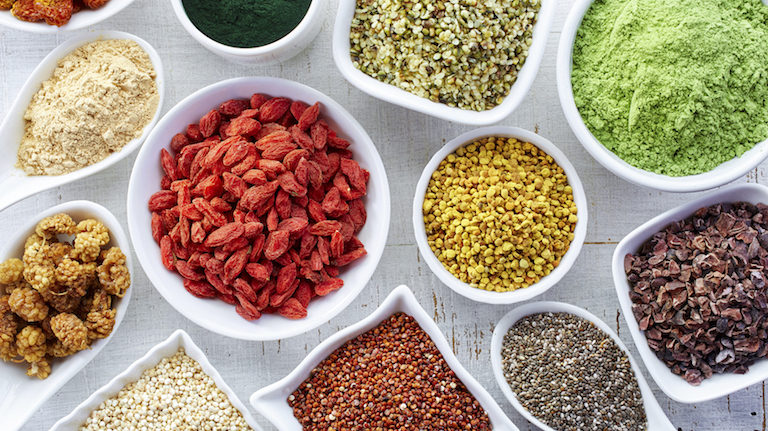
For those seeking health benefits, include protein at each meal as part of a balance of carbohydrates and vegetables/ fruit/ salad. This combination of nutrients in equal proportions regulates blood glucose levels and will support you to meet all of your nutritional requirements for health.
Despite all the benefits of protein discussed it should not be consumed at the expense of wholegrain carbs or indeed stop us from hitting our fruit and vegetable targets – and don’t forget healthy fats also play a part too. If we don’t meet our energy needs, protein will ultimately just be broken down and used for fuel.
Best protein sources
Protein is found in animal products – meat, fish, eggs and dairy (cheese, yogurt and milk). These foods are considered to have a high biological value because they contain all the essential amino acids. For health these should be as lean as possible. It’s also found in plant based foods – beans, peas, lentils, nuts/nut butters, seeds and cereals/ grains together with products such as quorn, tofu, temph and soya mince. Combinations of beans/peas/ lentils and grains across the day enables non meat eaters to meet all their essential amino acid needs. Quinoa and soya for example, contain all of the essential amino acids so are useful to include.
Many products are now boosting their protein contents through adding high biological value whey or soy protein isolates. This provides the consumer with more choice when it comes to meeting their protein needs whatever the aim.
Hopefully you’ve grasped by now that context is so important and reading an article is not the same as individualised advice. What matters above and beyond all of this theory is sustainability of the diet you are following. We’re not all cut from the same cloth so what works for one might not suit another. Seek advice from a professional and be sure to look at their qualifications, not just their Instagram following!
MORE: 5 ways your mind is sabotaging your weight loss
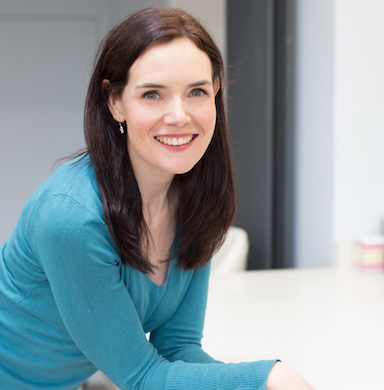
Laura Clark is a registered dietitian working with Yokebe Active Food – a brand new range of protein rich meal replacement shakes – to provide evidence-based advice and rationale for the use of meal replacement shakes in weight management. Laura is a registered dietitian and sports nutritionist with over 14 years’ experience. She has appeared on BBC Breakfast, Channel 5 and BBC London radio to discuss and debate topical nutrition issues and was also the dietitian for ITV’s “The Biggest Loser” series and BBC 1’s “Lose Weight for Love”.
Like this article? Sign up to our newsletter to get more articles like this delivered straight to your inbox.



